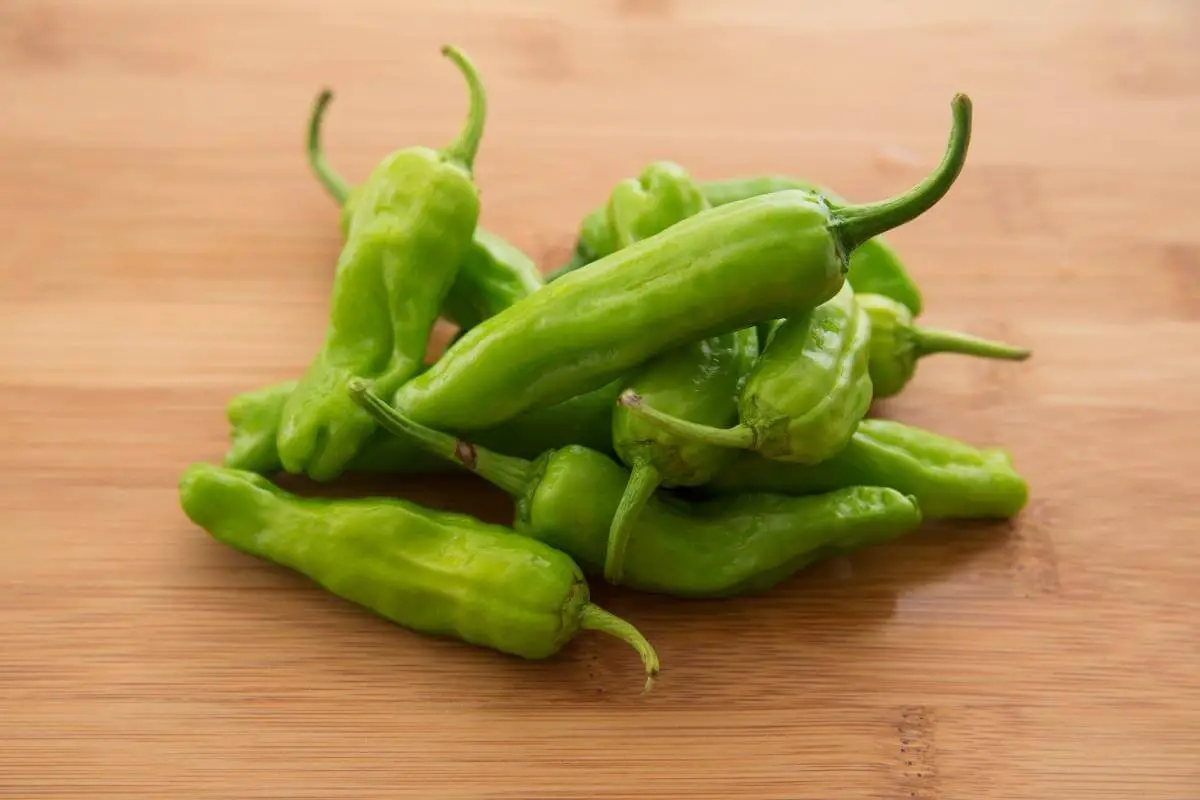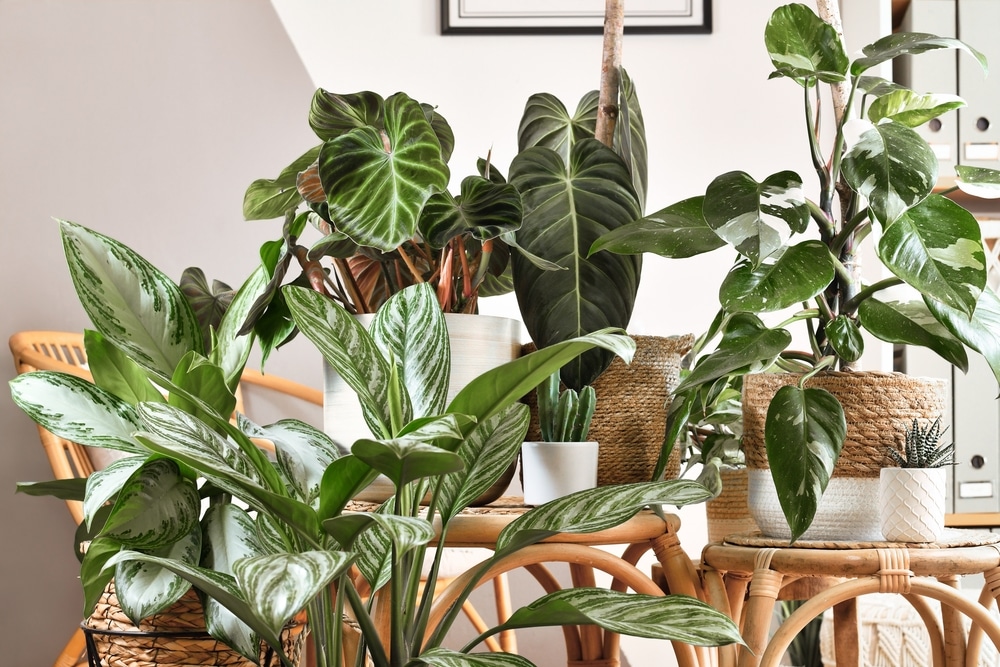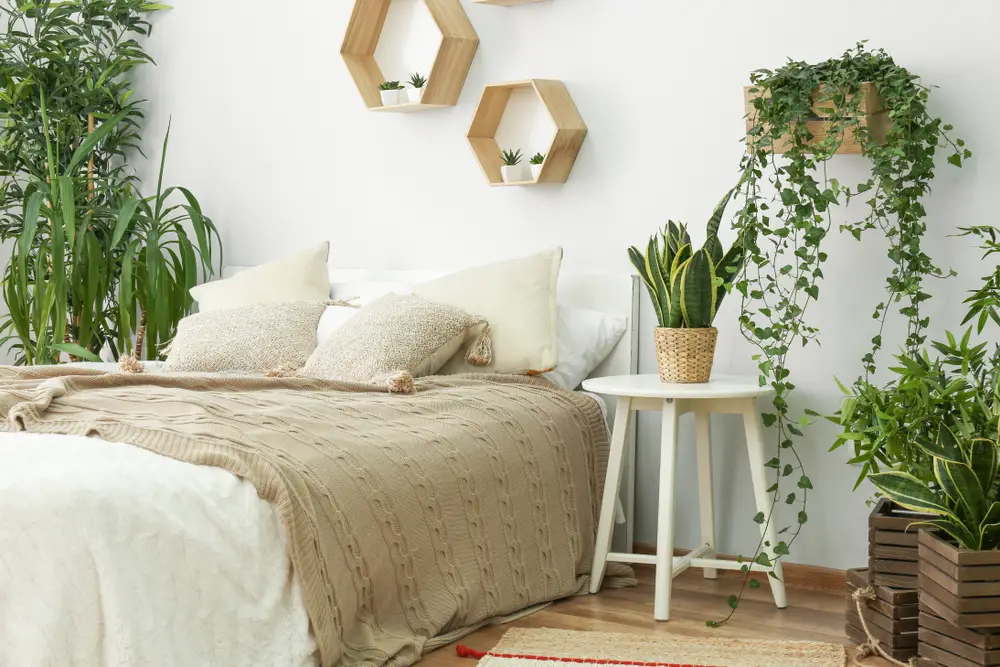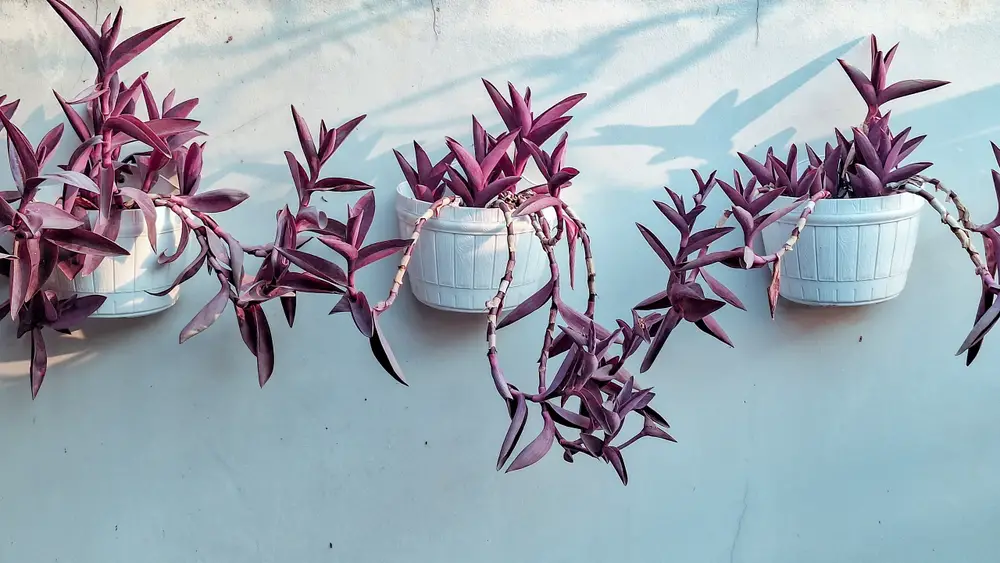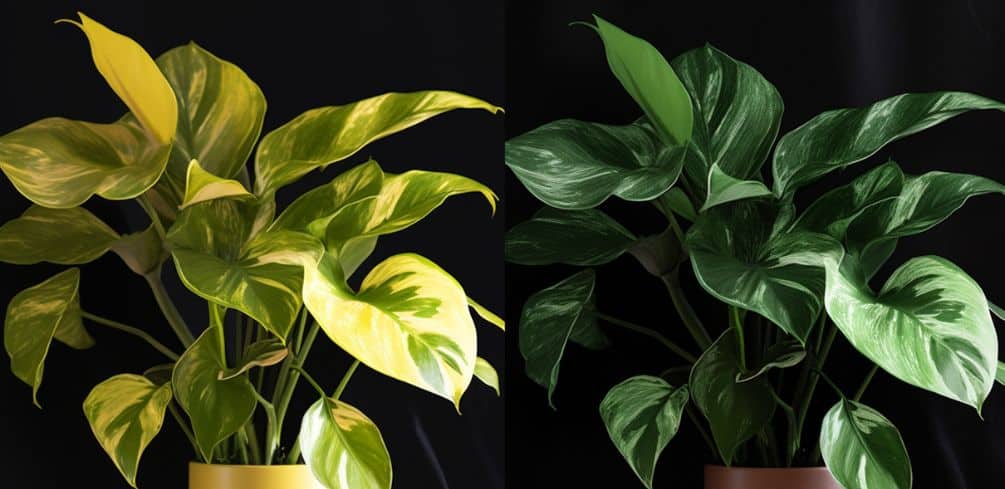Home gardening is fun but only becomes rewarding if the harvest is plentiful.
Although shishito peppers are tropical vegetables, they are versatile and thrive in different regions under certain conditions.
Thus, they can be a great addition to your container garden.
Shishito peppers are easy to grow and care for in containers. Like all other plants, they have specific requirements that must be met to develop. For a great harvest, all that is needed is to provide them with nutrition access, consistently moist soil, enough sunlight, spacing, water levels, and an excellent drainage pot.
For best results, pay attention to the following tips.
How to Grow Shishito Peppers in Pots
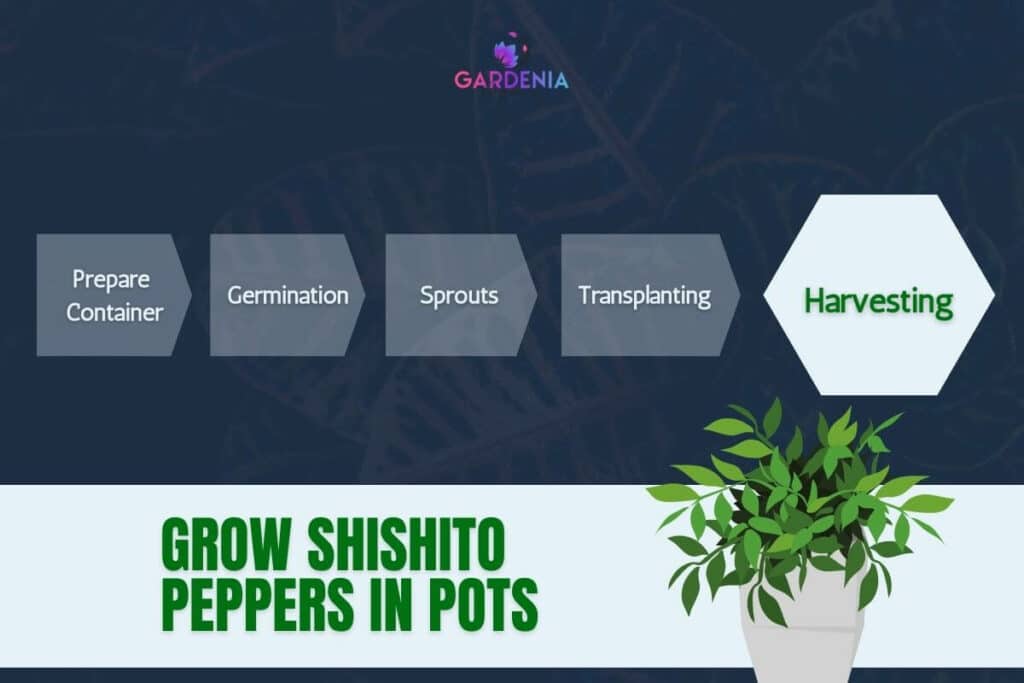
Choose A Large Container
Growing shishito peppers in pots begins with selecting an appropriate pot or bucket.
Because shishito peppers demand well-drained soil, choose a non-absorbent plastic or metal container.
Shishito peppers require space for their roots to expand, so select a container at least 12 inches wide and a gallon deep.
This plant requires good drainage. Therefore, when selecting a pot, make sure it has drainage holes.
Quick Tip: Before filling a container like a bucket with potting mix, drill drainage holes in the bottom with a 3/8-inch drill bit.
Get Organic Potting Mix
Shishito peppers grow best in well-drained fertile soils with a pH of 6 to 6.8.
While this plant doesn’t demand too much organic fertilizer, having homemade compost at the base of the plant will provide great nutrients during the growing process.
Look for an organic potting mix, as it drains better than garden soil, avoiding peppers from becoming soggy.
A good potting mix will retain moisture while providing aeration and necessary nutrients to the plant’s roots.
Seed Planting and Germination
Start the seeds in soil pods, cell packs, or pots filled with pre-moistened seed-starting mix with organic fertilizer.
Plant many seeds at the surface of the soil, generally 3 or 4 seeds per hole. Then plant the seeds not more than 1/4 of an inch deep while scanting them.
The ideal soil temperature for pepper seeds to germinate is 75° to 90° F.
Growers shouldn’t plant shishito peppers outside until the temperature is at least 70°F during the day and above 55°F at night.
For fast germination, you can soak your seeds overnight in warm water before planting them into the soil. Alternatively, you can place the trays, seedpods, or pots on a heat mat.
A heat mat helps your peppers stay warm enough to speed up germination and increase germination rates for pepper seeds, especially if you live in a generally cooler climate.
It Works Well: If you don’t have a heat mat, you can start them on top of the refrigerator or in the warmest spot in your home. Once half of the seeds have sprouted, please turn off the heat mat and move them to a sunny location or under lights to finish growing.
Sprouting
After germination, as the sprouts get bigger, they also require more lighting.
If you are growing your peppers indoors, use grow lights or place the pots on a warm windowsill but turn them every couple of days to encourage the seedlings to grow straight.
Give the seedlings at least 6 – 8 hours of direct sunlight or leave artificial light on them for up to 16 to 18 hours a day. After only two weeks, the tiny seedlings begin sprouting and require less moisture than before.
Fertilize with a diluted liquid organic fertilizer once the plants have sprouted several sets of leaves. Thin the seedlings when they reach two to three inches in height, leaving just the most robust plant.
Once your shishito peppers start to show their first pair of leaves, they are ready to be moved outdoors and into individual pots. Give them plenty of room to grow and mature when growing them in pots throughout the growing season.
Pro Tip: Placing the pot on a sunny windowsill is fine, but they do best if you purchase grow lights and a heat mat.
Watering
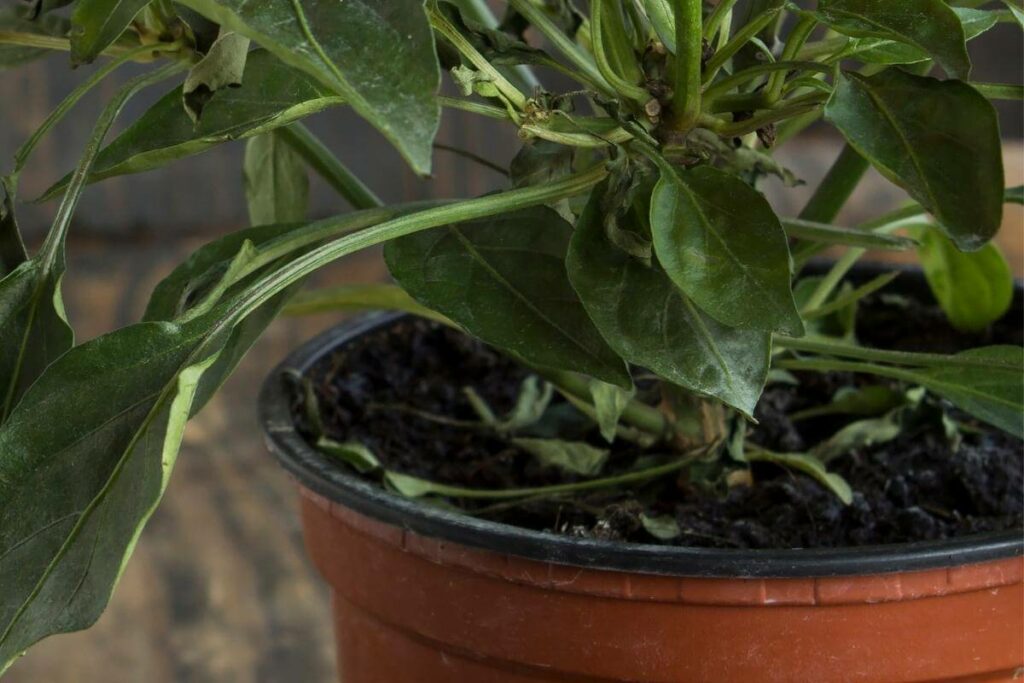
Like all pepper plants, shishito peppers do not like to live in overly moist soil; hence, be careful not to overwater them.
Too much water in the ground causes mold to grow and can result in rot. So, ensure that your soil is only slightly damp and about 75°F from the last watering.
Water your pot peppers with 0.25 to 0.75 gallons of water each week. You can water every day or two.
However, the watering frequency depends on factors like weather and the type of soil.
Try to water the soil, not the plant, because splashing water on the foliage can spread soil-borne diseases; use a drip irrigation system or a soaker hose.
If you live in a hot climate, you can add mulch around your plants’ base to keep the soil moist.
Transplanting Shishito Peppers
Keeping germinated plants in tiny seedling cells for too long can cause some problems.
The roots have nowhere to expand and can drive stunted foliar growth. Thus, should be transplanted safely to an outdoor container.
After sprouting, pepper seedlings are ready to be transplanted into larger pots, usually three to four weeks when they are 4-6 inches tall.
Suppose you’re unsure if your sprouts are ready; peak at the root system by gently loosening the plant from the seed cell. If you see a firm root ball with white roots to the very bottom, your plant is ready to be transplanted.
To guarantee that your peppers don’t go into shock, you must harden them off first to acclimatize indoor pepper plants to outdoor weather conditions:
- About a week before it’s safe to move them outside, move your containers out into the sun for several hours each day.
- Once hardened off, take them outdoors permanently. Fill the pots with a high-quality potting mix and compost (a rough ratio of 2/3 potting mix and 1/3 compost). You can also add slow-release organic fertilizer. Transplant the seedlings and water.
- Insert a tomato cage or bamboo stake into the pot to support the plant as it grows. Keep the spacing at least two feet apart between each container and cover the soil surface with mulch to regulate soil temperature and moisture.
Harvesting Shishito Peppers
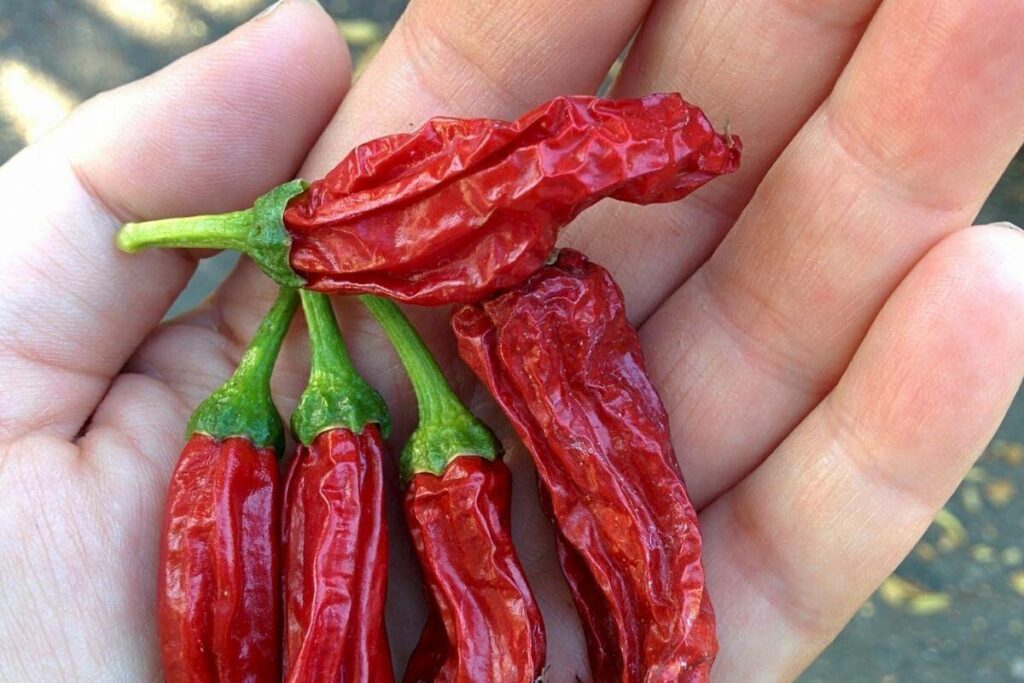
Shishito pepper plants take about four months to grow to about 2 feet tall and 15 to 18 inches across and ripen.
Some peppers turn red, yellow, or green at maturity. The redder they get, the riper and hotter they are. However, it is best to harvest the peppers when they are a vivid green and about 3 to 5 inches.
Use a pair of pruning shears or a sharp knife to cut the peppers off at the stem while leaving a small portion of it still attached to the veggie’s top.
Watch Out: Please don’t pull the peppers off by hand as it might cause the branches to break. Store your shishito peppers unwashed in the refrigerator in a half-open plastic bag until you’re ready to use them.
Final Thoughts
Despite shishito peppers being tropical vegetables, they can also grow in most regions if maintained under the right conditions.
They are one of the easiest vegetable plants to grow from start to finish, they mature early, and the yields are generally plentiful.
They are versatile hence can grow in pots as long as you provide them with enough sunshine, water, and well-drained soil with nutrients.
